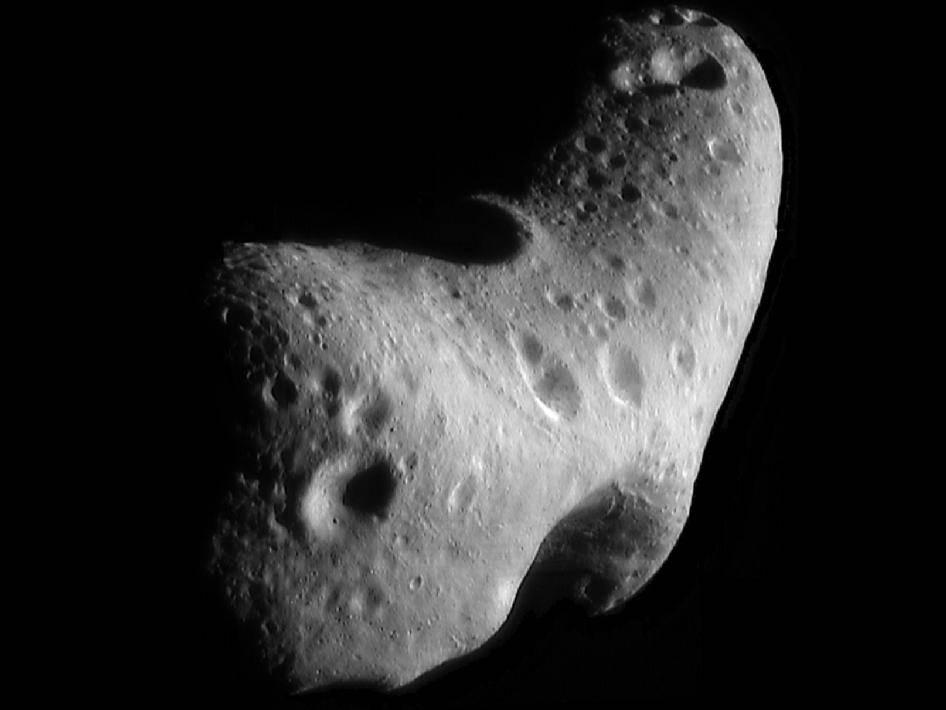NASA recently announced the 15 winners of the Innovative Advanced Concepts (NIAC) program, who would each receive a $100,000 grant to do more research on their proposals for innovative technology.
One of the projects involves using concentrated reflections of sunlight to drill holes in asteroids for water mining, which could be then used as space-native rocket fuel. The idea goes by the acronym of APIS, for Asteroid Provided In-Situ Supplies.
The process involves latching a spacecraft onto an asteroid, and then drilling or simply breaking apart the asteroid with optical mining techniques while simultaneously using an inflatable bag to surround the asteroid. The water will then be heated into a gas state and then pumped into storage containers in solid form.
Launching any amount of weight into outer-space is a costly endeavor, making developing the ability to harvest space-mission resources while in outer space an important field of inquiry. Water is needed not only for drinking; it can also be used as a fuel.
In 2009, scientists discovered how to use a mixture of water and nanoaluminium powder to make rocket fuel.






